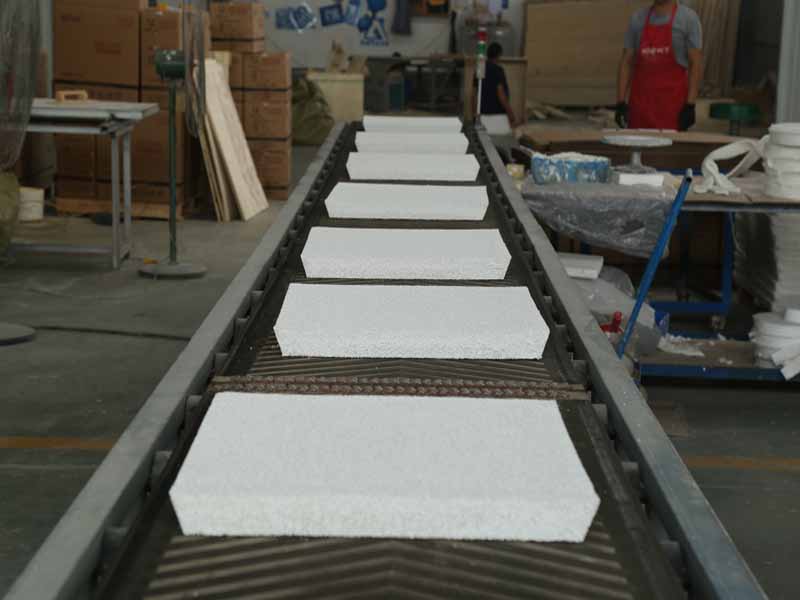
16 7月 Ceramic Filters for Smelting
Ceramic Filters for Smelting can greatly reduce the inclusion defects in aluminum rod and aluminum ingot casting, refine the crystal grain, improve the mechanical properties of the casting, improve the machining performance of the casting, and improve the internal and external quality of the casting.
The turbulent molten aluminum will become a smooth laminar flow state after passing through the Ceramic Filters for Smelting, avoiding the entrapment of gas by the molten metal, reducing the erosion of the molten metal on the cavity, and avoiding secondary oxidation slag.
Ceramic Filters have a three-dimensional structure that can effectively block slag. Many inclusions larger than the pore size of the filter are trapped at the entrance of the filter.
As the number of captured inclusions increases, a “filter cake” composed of large inclusions is formed at the entrance of the filter.
The filter cake makes the liquid flow thinner, so that inclusions smaller than the pore size of the filter are also partially captured on the “filter cake”.
Alumina ceramic foam is a low-temperature ceramic foam, which is mainly used for filtering non-ferrous metal melts such as aluminum and aluminum alloy. It is the largest domestic production volume of foam ceramics.
At the same time, because the aluminum liquid casting is mostly a rod casting process, the size of the ceramic foam filter is larger than that of zirconium oxide and silicon carbide.
Because the filtered aluminum liquid has a lighter specific gravity, the performance requirements such as the strength of the alumina foam ceramic filter are relatively low.
The research time of domestic alumina foam ceramics is early and the production process is mature and the process requirements are not very high. At present, the quality of the products produced by domestic manufacturers is relatively stable.



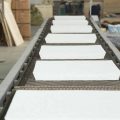

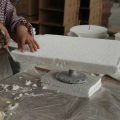
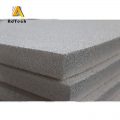
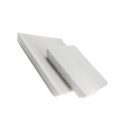
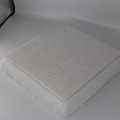
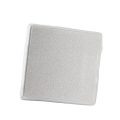
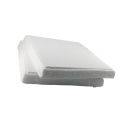

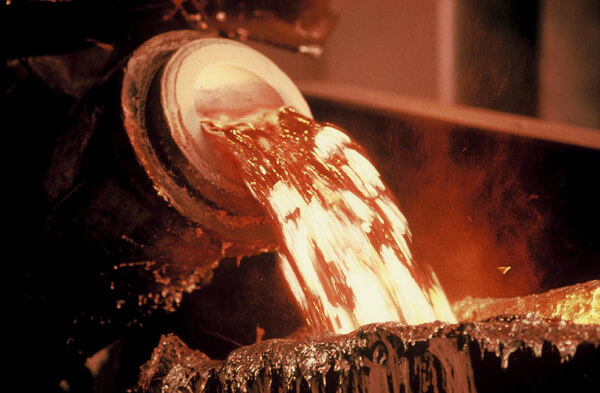
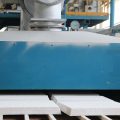
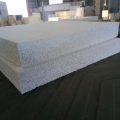
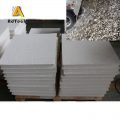
No Comments